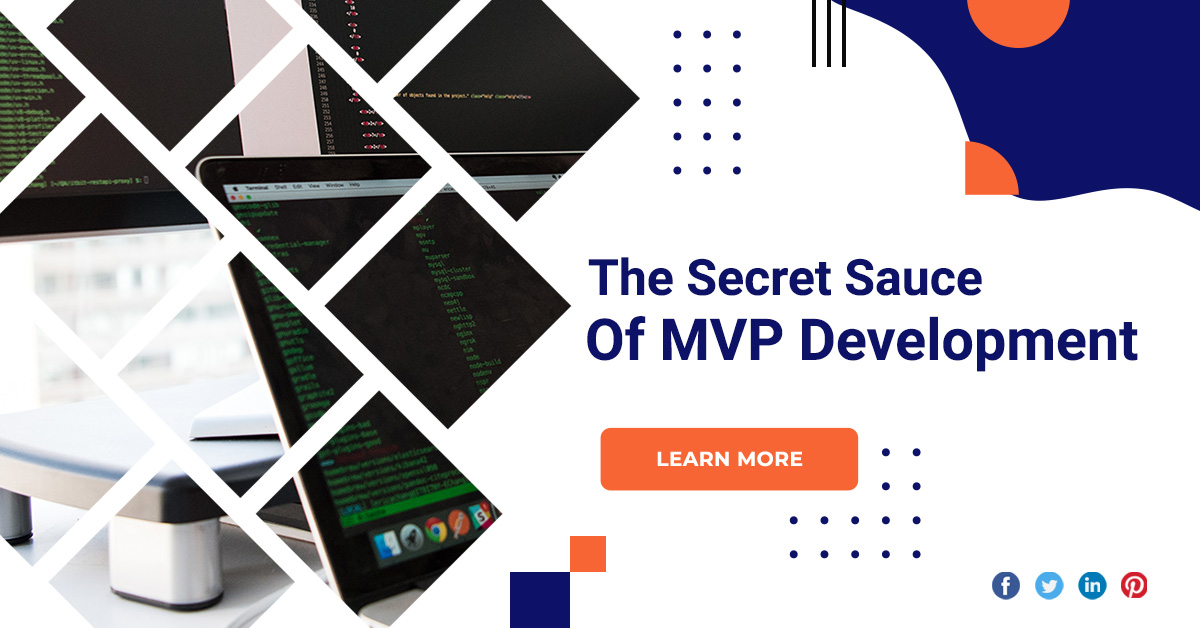The Secret Sauce Of MVP Development
They evolve based on market conditions, changing business goals, feedback from users, and actions made by competitors. MVP is a reliable version of the product that offers basic features that are still important and useful to the audience. But there is a downside: not every solution good for mobile is good for a web application and vice versa.
Secret sauce of MVP development
Uber
Two friends, one winter night in Paris, and the inability to hail a cab was all it was needed to give birth to the amazing cab-hailing app Uber. It was in 2008 and the curious minds of the two friends gave birth to the idea of a timeshare limo service ordered via an app.
Secret sauce
UberCabs was an MVP that connected riders with black limos through an app. But seeing the changing demands of its customers, Uber not just shed the Cabs form its brand name but also continuously added new features and functionalities. They used their findings to improve in an iterative fashion, from startup MVP development to successful products.
Airbnb
Today, travelers seeking cheaper accommodation worldwide have a one stop solution- Airbnb. But it hasn’t been the same app that you see today since the very beginning. The story also stared with two friends, short on monthly rent, who realized there weren’t enough affordable accommodations.
Secret sauce
Realizing the market need, Airbnb launched the website quickly to cater the instant need for accommodation. Nothing flashy, just two-three pics of their living room and one web page. It did not wait to create a full-fledged app in the very beginning but ruled out the MVP first. Collecting the user data and feedback, it improved the app and today; it is a market leader with over 7 million listings worldwide in over 100,000 cities spanning 220 countries.
Spotify
But how it reached the pinnacles of success is an interesting story of digital innovation. It started in 2008 when Daniel Ek and Martin Lorentzon identified the opportunity that the music industry had nothing to help the music lovers stream songs. Their startup product development started and Spotify AB, the first prototype, was up and running in just four months in 2006 and launched as the beta in 2007.
An MVP is a product
This means it must be something delivered to customers that they can use. There’s a lot that’s been written about creating landing pages, mockups, prototypes, doing smoke tests, etc., as forms of MVPs. While these are undoubtedly worthwhile efforts to gain valuable learnings, they are not products.
An MVP is viable
This means it must try to tangibly solve real-world and urgent problems faced by your target customers. So it’s not about figuring out the smallest collection of features. If we can’t viably solve early customers’ primary problems, everything else is moot.
Flesh out the features
As your MVP takes shape, take a minute to triage its features into the “must haves,” the “nice to haves” and the “add-ons.” Decide which add the most value for your consumer base, and make sure they contribute to a positive user experience. Once you’ve fleshed out features and classified them in importance, you’ll have a better idea of which ones to build out first.
Conclusion
MVP mobile apps for your startup is a great tool to validate your ideas and quickly check the risks involved with the least amount of time and money, which would otherwise be spent on in a Full-Fledged Product Development.







